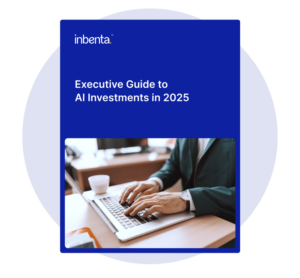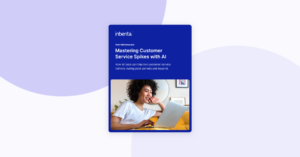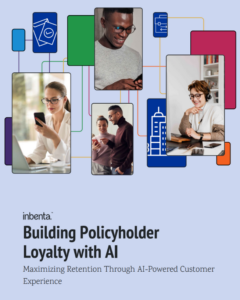Warner Bros. has filed a lawsuit against Midjourney, claiming the AI platform violates copyrights by generating unauthorized images and videos of its iconic characters, including Superman, Batman, and Bugs Bunny. The studio alleges that Midjourney deliberately removed safeguards that could have prevented such infringements. This case follows a similar template to earlier lawsuits filed by Disney and Universal, suggesting a united front by major studios against AI misuse. Midjourney, on the other hand, argues its practices fall under “fair use” and accuses the studios of double standards. The platform’s expansion into video services and streaming channels has heightened tensions, with studios viewing this as a competitive threat. Warner Bros. seeks damages and an injunction.
Articles







